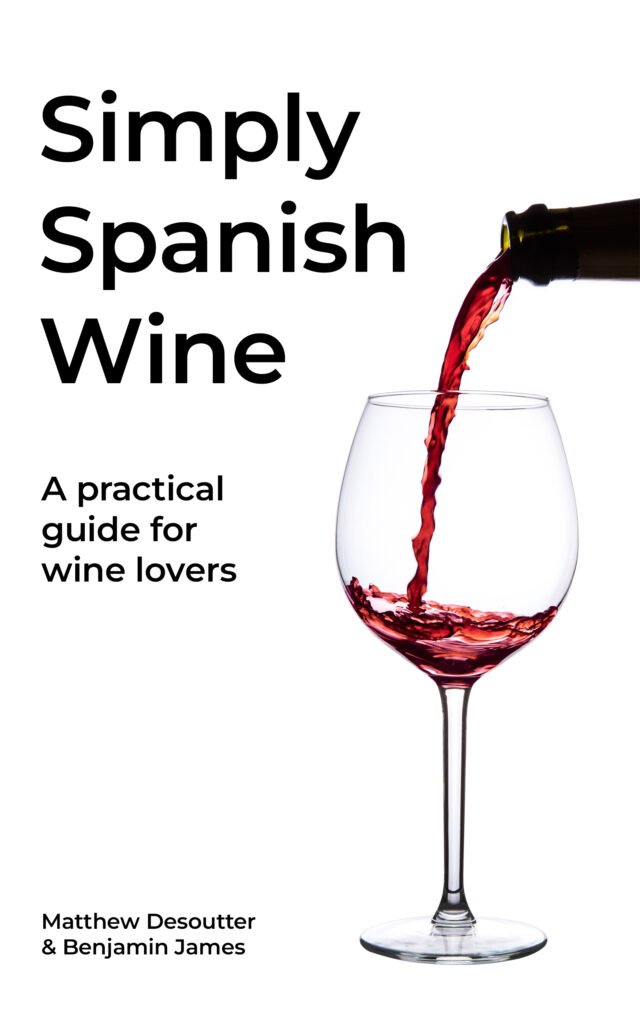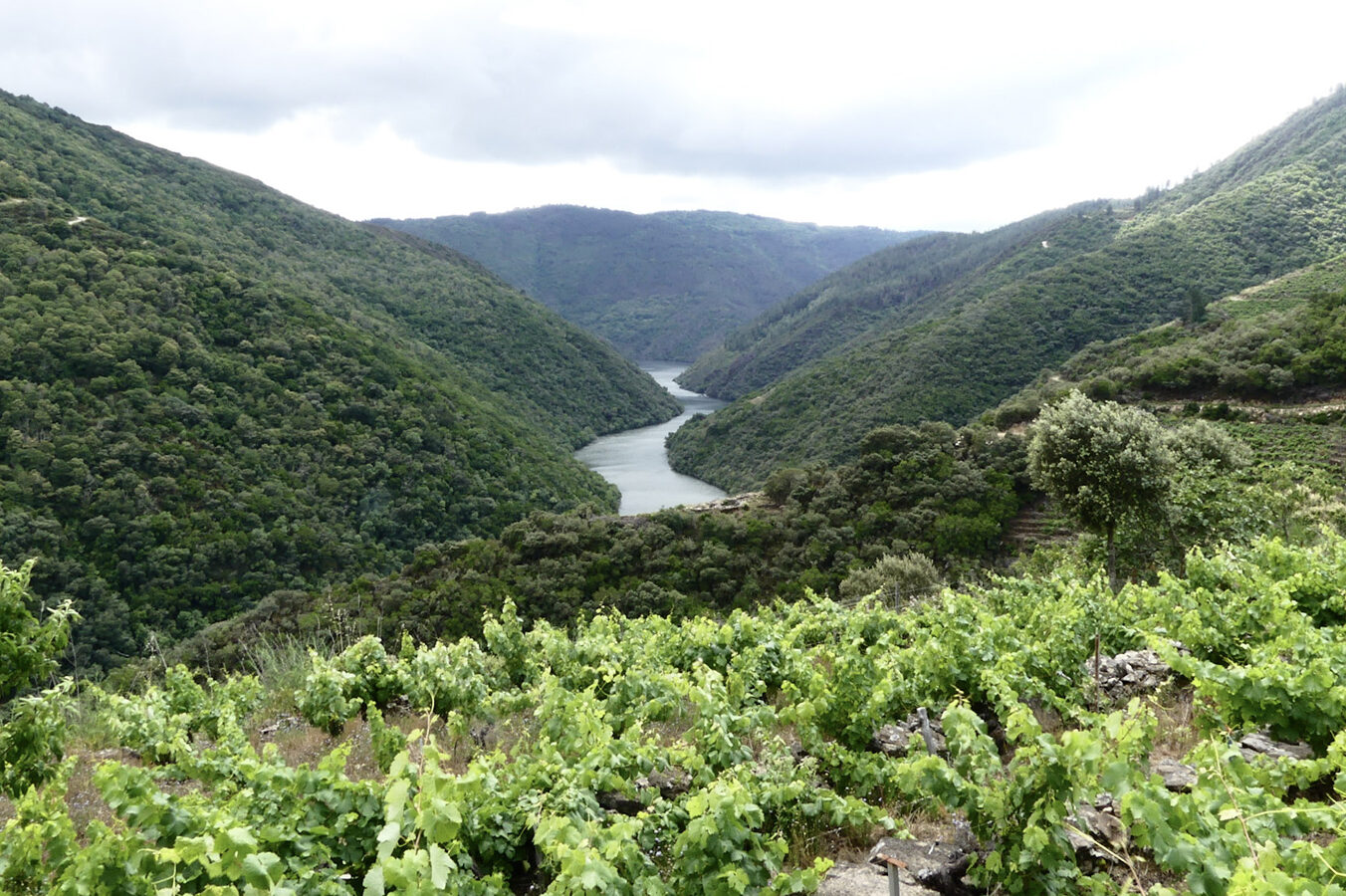Galician wine is not something you often hear people discussing. In fact, Galicia as a whole has often been rather overlooked – even in Spain. This north-western corner of the peninsula is a far cry from the sunny snapshots of the average holiday brochure. It’s cut off from Castilla y León and the rest of Spain by mountains, and that sense of isolation persists even today. So Galicia’s lush, green landscapes, windswept beaches, mountain ranges and river valleys, are a side of Spain many visitors rarely see.
Which is a shame, because in many ways it’s the most appealing. And thanks to a new generation of talented young winemakers, Galicia is producing some of Spain’s most exciting wines.
In terms of winemaking, Galicia is divided into five Denominaciones de Origen: the coastal region of Rias Baixas; DO Ribeiro, about 100km inland around the town of Ourense; the dramatic, river valleys of Ribeira Sacra; the small southerly DO of Monterrei on the border with Portugal; and Valdeorras on the eastern edge of Galicia just before it turns into Castilla y León.
For various historical reasons, vineyard plots in Galicia tend to be very small and, with a few exceptions, there are lots of quite boutique producers making not very many bottles of wine.
Galicia is of course one of the wettest and greenest regions in Spain, with rainfall in the coastal areas reaching about 1,200 mm/year – that’s about 3 and a half times what you’ll get in Alicante. Such a damp climate can cause problems for winegrowers, which is why you’ll find vines trained a couple of metres off the ground on concrete pergolas, to try to keep the grapes nicely ventilated and stave off fungal diseases like mildew.

Pergolas in use in a vineyard in Rias Baixas, Galicia
If you want to discover new flavours in your white wines, Galicia is a great place to head for. The star attraction for many is, of course, Albariño – or Alvarinho if you pop over the border into Portugal – the main grape in white wines from the Rías Baixas with its typical and delicious white fruit and citrus aromas. Normally sold as a young wine, Albariño is also a grape which can benefit from a little time on the lees or even some careful oak ageing, so don’t be afraid to try some older vintages too.
But Galicia is not just about Albariño. A new generation of younger producers are rediscovering fantastic native white varieties like Treixadura, which is very widely grown in DO Ribeiro, or Godello from Valdeorras. You’ll also find some wonderful blends of different white varieties, particularly in places like Ribeiro: look out for names like Loureira, a fresh, floral and aromatic variety, Lado or Caiño Blanco.
And Galician reds too are also starting to win new followers, particularly from the inland DO of Ribeira Sacra whose steep, terraced vines specialize in red varieties. Look out for grapes like Caiño, Merenzao or Sousón which can produce wonderfully fragrant and fresh red wines. They are usually quite pale in colour, with little use of oak to avoid masking the primary flavours of the vineyard and a very distinct Atlantic acidity.
Galicia may be out on a limb geographically, but it’s a central feature of Spain’s wine scene and is fast becoming recognised internationally. Right now its reputation is largely based on white wines but we don’t think it will be long before some of those reds get the acclaim they deserve. So we suggest you start trying them now while you can still get your hands on them.
Cheers!

Enjoyed this content?
Then why not get a copy of Simply Spanish Wine: A Practical Guide for Wine Lovers? Available now on Amazon US, UK, Spain and more.

